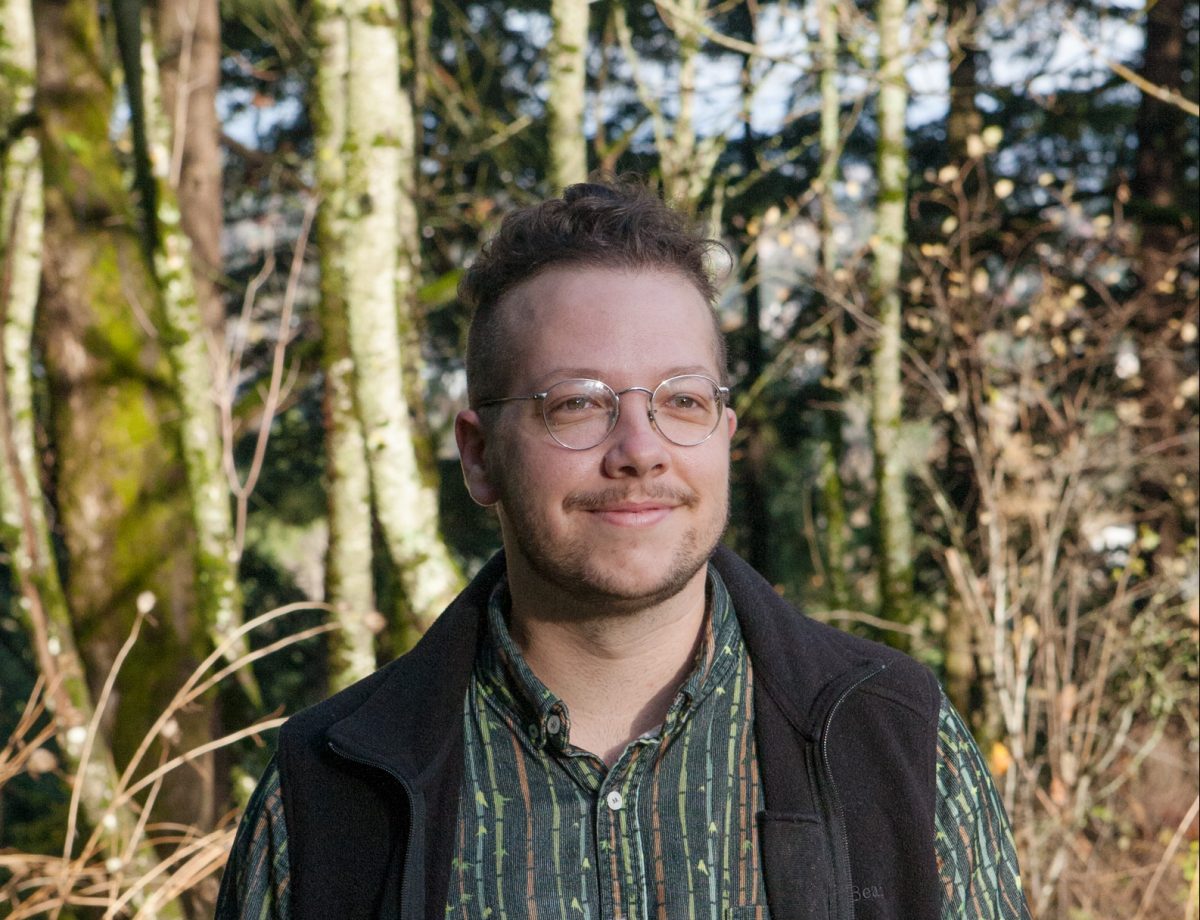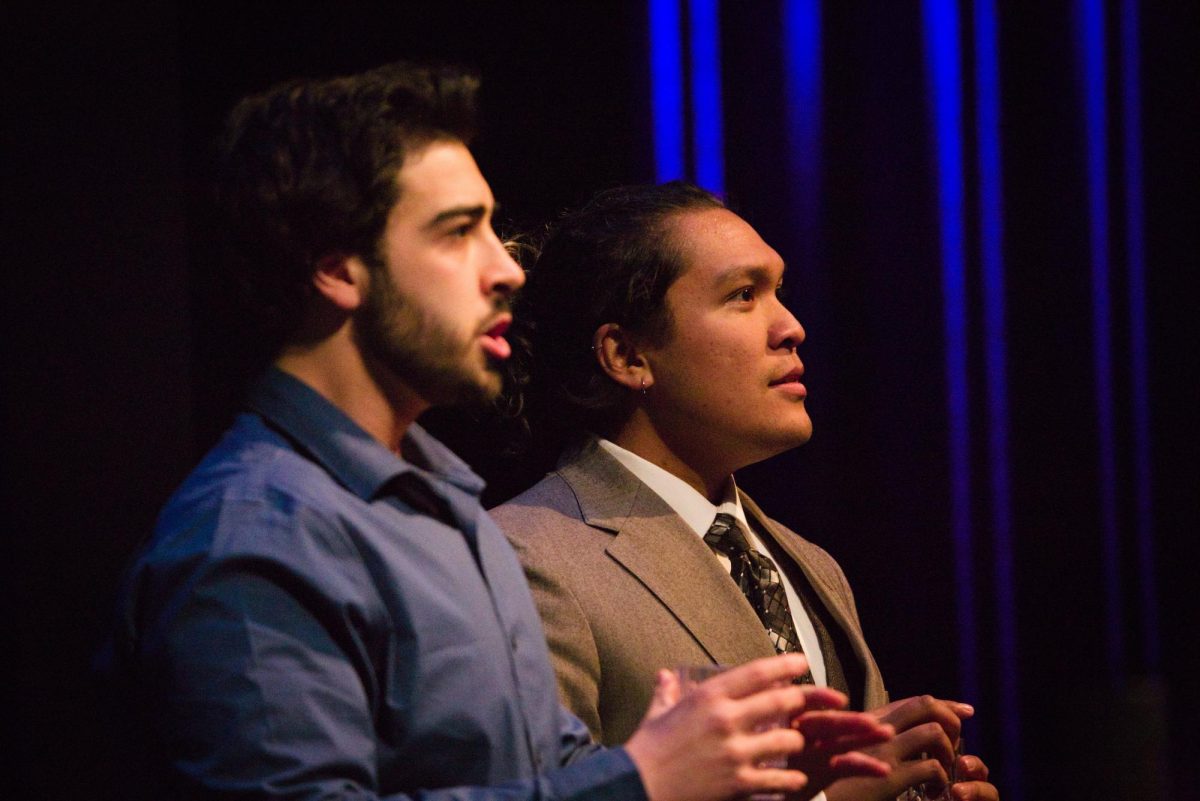BY LAUREN NOLTON, Staff Reporter
It’s getting hotter in the lobby of Dean Hall, where there is a new exhibit in the Museum of Culture and Environment called, “Where There’s Smoke… Living with Fire.” This exhibit features collective research done by both students and staff on the human history of fire, as well as photographs taken by a firefighter at the Taylor Bridge Fire.
Mark Auslander, director of Museum of Culture and Environment, said that the original idea was to do an exhibit based around the Taylor Bridge Fire. Auslander and his wife worked with Professor Hope Amason working for Animal Rescue during the Taylor Bridge Fire when the idea hatched.
“We thought the Taylor Bridge Fire was important, but we wanted to put fire in a broader context,” Auslander said. “What we wanted to get across was that fire is not simply destructive, fire produces social life and brings people together.”
Auslander said that even when fires are destructive they still bring people together because people respond to disaster.
“There is something sacred about fire,” Auslander said.
The exhibit starts off with a fire hose cart from the 19th century borrowed from the Roslyn Museum and displays other artifacts that represent people’s history in relationship to fire.
Students touring the exhibit can stop at the learning desk to view pieces of charcoal through a microscope. At the desk they can also feel and see the differences between wax and paraffin candles.
The museum features a lot of artifacts including fire safety tools and old Native American pipes, most of these artifacts were on loan from the Roslyn Museum.
“Where There’s Smoke… Living with Fire” has a section entirely dedicated to the Taylor Bridge Fire that happened in August 2012.
The section features a timeline of the events, and has post-it notes for individuals to write their accounts of where they were when the event was happening.
The museum ends with a section entitled, “Remembering those who are Lost,” which focuses on the 2013 fire season, in which 30 firefighters lost their lives. It also features photos of a memorial for the Thirtymile Fire that happened in July of 2001, where four firefighters lost their lives. The museum invites visitors to leave cards, notes and other memories to the fallen firefighters.
“I think that there [are] so many different stories in here that there is going to be something that everyone is interested in,” Lynn Bethke, collections manager for the Museum said.
The Museum of Culture and Environment is not just a museum, it is also a teaching institution for students who need internship credits for museum studies. The internship allows students to put in research and help set up the displays.
Professor Amason worked with Bethke and three student interns: Mariel Brodsky, Hanna Person, and the summer intern Casey Demory, to set up the “Where There’s Smoke… Living with Fire” exhibit. Demory helped create a relationship with the Roslyn Museum and did the research for exhibition and design.
Students have put in a lot of time and effort into making this exhibit come to life. In almost every corner and space of the museum, interns, grad students and workers at the front desk have each put something into the exhibit.
Behind the scenes, everyone working to set up the displays had to make sure that the artifacts would not only be aesthetically pleasing, but also be safe and stable in case visitors bump into them.
“Something that I do, and a lot of other museum people do, is a bump test to make sure everything is stable,” Bethke said.
The Museum of Culture and Environment is also committed to making their exhibits enjoyable for everyone, including students with disabilities. The museum has put metal bars on the bottom of a display of firefighter equipment; these bars are used to aid visually impaired individuals.
The museum worked with the student club ABLE, which is comprised of students who advocate for disability rights. One of the club members, Sara Bair, walked through the exhibit advising the museum on how to make it more accessible for students with disabilities.
“They [ABLE] have been so helpful to us,” Amason said. “We are having their group come here in November to help give us ideas on how to make this exhibit more accessible for students with disabilities.”




